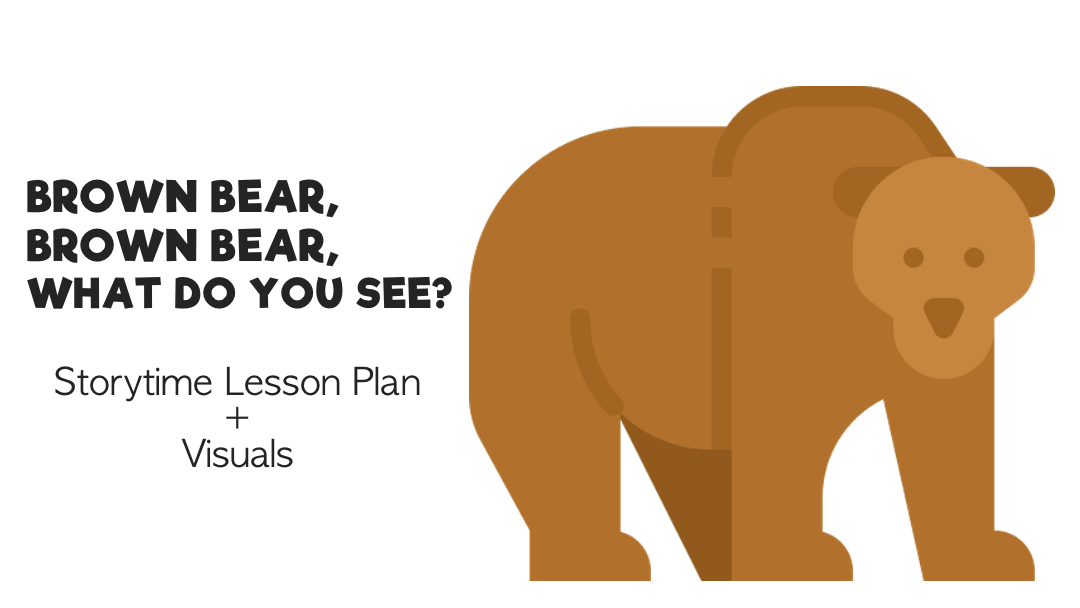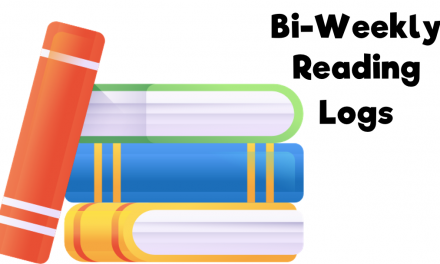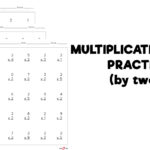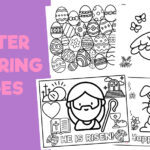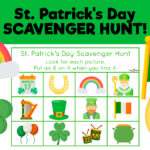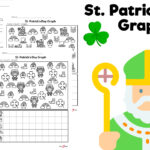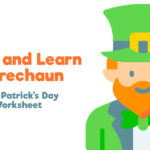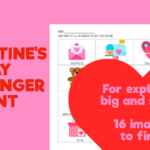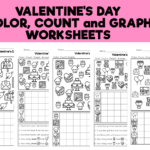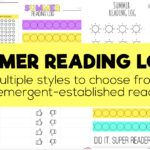Overview: Brown Bear, Brown Bear, What Do You See? by Bill Martin Jr. and Eric Carle is such a great story for young students. The book's simple storyline is one that children can read along to and one that teaches several foundation skills such as animal identification and color recognition. Below, you will find a storytime lesson plan with visuals to aid students in their literacy development.
Recommended Grade Level(s): Preschool, Pre-Kindergarten
Objective(s): Students will be able to...
- Participate in the group activity.
- Recognize that "see" and "me" sound-alike/rhyme.
Literacy Skills Addressed:
Print Awareness
Phonological Awareness
Narrative Skills
Materials:
1 copy Brown Bear, Brown Bear, What Do You See? by Bill Martin Jr. and Eric Carle
1 copy Brown Bear Visuals, laminated
Print Awareness:
With students gathered together, introduce the story by showing the book upside down. Students may recognize that it is upside down--act silly as you prompt them to tell you what to do to start reading the story (play with the orientation until it is in the correct position). Show a couple of other titles by Bill Martin Jr./Eric Carle to draw comparisons in theme and artwork (e.g. Polar Bear, Polar Bear, What Do You Hear? Panda Bear, Panda Bear, What Do You See?, The Very Hungry Caterpillar, etc.).
Phonological Awareness:
Tell students that the story is a rhyming story. Ask them if they know what that means/can they give an example? Tell them that words rhyme when they sound alike because they have the same ending sound. Give the example cat and ball vs. cat and bat. Tell students that as you read, they are to listen for the two words that rhyme/sound the same.
Begin reading, building up curiosity for what animal is to come next. Remember to check-in to talk about what two words rhyme--see and me. Use the visuals in your visuals packet to show students the two words and why they sound alike. Prompt students to point to their eyes every time they hear the word "see" and to point to themselves every time they hear the word "me". Additionally, ask questions about each animal to help keep the students' attention and to make connections with the text. Here are some examples (these are also listed in your visuals packet for easy reference):
What sound does a bear make?
How does a bird get from one place to another?
Where does a duck live?
What sound does a horse make?
What do frogs use their long legs for?
How does a cat keep itself clean?
How many of you have a dog at home?
What is the hair on a sheep called?
Where does a goldfish live?
Narrative Skills:
Once the reading is finished, show students the Brown Bear Visuals. Tell students that as a group, you will retell the story. Start by asking the students for help to put the cards in order. Lay them out and then check your work with the book as you go (you can enlist students to help with this--good practice with book orientation, turning the pages, and scanning left to right)). Once completed, retell the story as you lead. Students could also be given an animal card and asked to stand next to one another in a line facing the rest of the class. The group sitting could say, "Brown bear, brown bear, what do you see? I see a..." while the student standing says their color and animal. Provide assistance, as needed. To provide closure, ask students which two words rhyme in the story (they should be able to point to their eyes and say "see" and then point to themselves and say "me".
Possible Modifications/Accommodations:
For students with visual or hearing impairment, position them so they are in close proximity to the book without blocking the view of others.
For students that have difficulty sitting and attending, allow them to stand at the back of the group, use a fidget toy, or have them sit in close proximity to you so that they can help (e.g. turn pages, ask questions to the group for you, etc.). Since many young students do have a difficult time sitting, have the group act like some of the animals in the story as you read.

